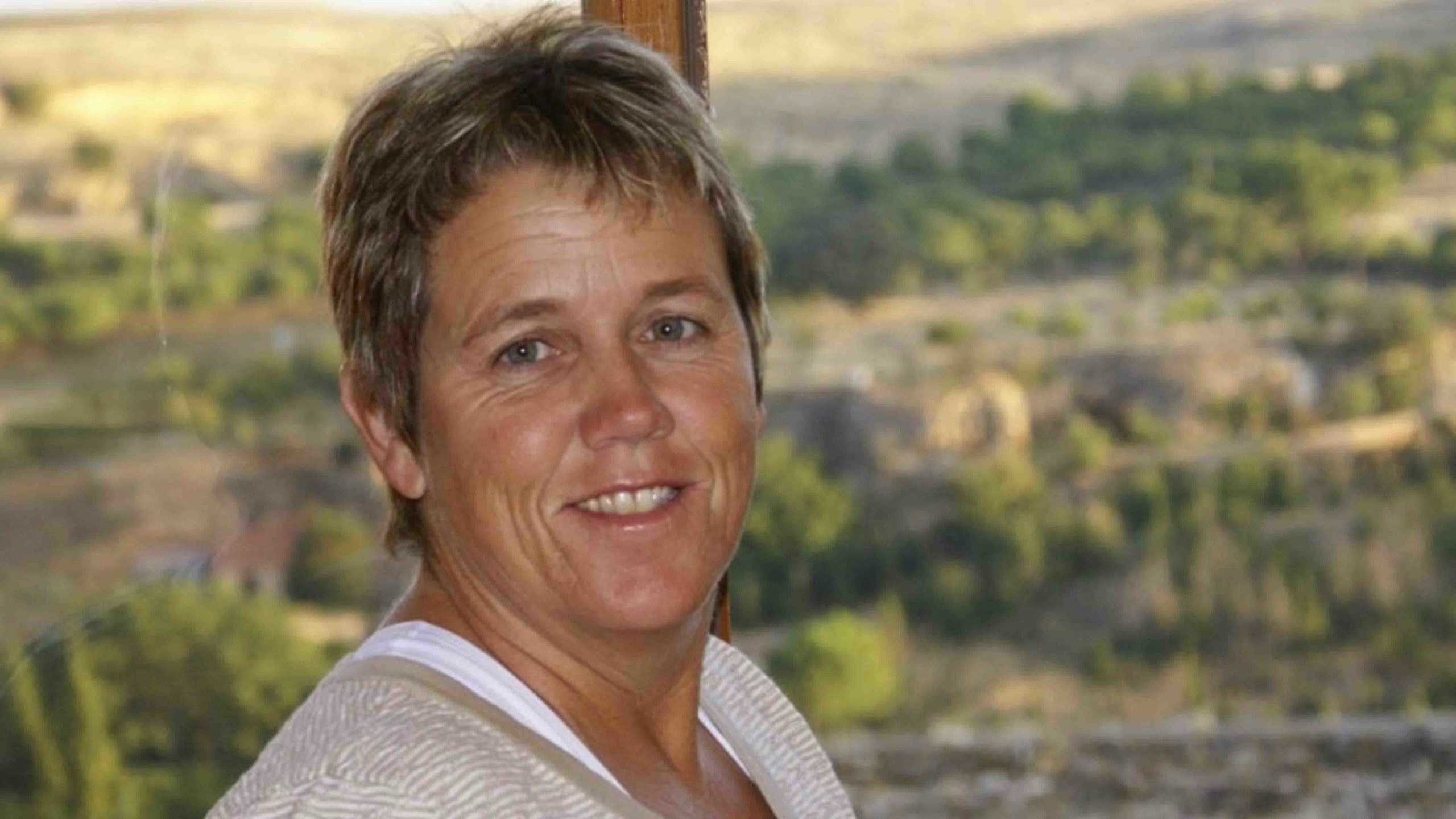We’re only a few weeks into a new year and a bunch of interesting research is being published in scientific journals about environmental components of this great state.
Brain-Eating Amoeba
A new paper published in a scientific journal of the American Chemical Society documents the discovery of a particular free-living amoeba in protected hot springs located in Grand Teton National Park.
The paper, by a group of U.S. Geological Survey scientists, provide the first detections of the amoeba Naegleria fowleri (N. fowleri) in five of the park’s hot springs that are popular sites for recreational soaking.
N. fowleri was detected at all five locations, with detections having variations in seasons, sampling methods, temperature and water volumes.
The amoeba N. Fowleri is the causative agent of primary amoebic meningoencephalitis (PAM), which the paper describes as “a rare brain infection that usually results in death within 3–7 days after the onset of symptoms.
PAM is primarily contracted through recreational activity with untreated water where N. fowleri enters the nose then migrates along the olfactory nerves and through the cribriform plate where it invades the central nervous system.
Between 1937 and 2018, there were 381 confirmed PAM cases worldwide and only 7 confirmed survivors, although it is possible that some cases may go undiagnosed.”
The paper notes that its findings “have implications for understanding the distribution of deadly pathogens” in Grand Teton, and consideration of the park’s hot springs “as potential water exposures for suspected PAM cases may improve healthcare, so that appropriate treatment can be started as early as possible.”
The researchers were unable to determine if the detection of N. fowleri in this study but not in previous studies is due to updated testing methods or if amoeba concentrations have increased, noting, “Previous studies have suggested that warming climate trends and higher surface water temperatures have facilitated a northern geographical expansion of PAM cases in the United States.”
The Centers for Disease Control and Prevention reports that N. fowleri infections are rare, with between zero to five cases per year in the United States during the last 10 years. Only four people have survived out of 157 known infected individuals in the United States from 1962 to 2022.
Frost Wave
While wildlife research has focused on documenting the spring migrations of Wyoming ungulates as they “surf the green wave” of emerging plants, little attention has focused on the fall migration.
But researchers with the Wyoming Cooperative Research Unit tested this “frost wave” hypothesis in which ungulates pace their fall migration to reduce exposure to snow while increasing acquisition of forage.
They tracked 163 mule deer moving from summer to winter range, and reported in the journal Ecology: “Migrating deer experienced similar amounts of snow but 1.4–2.1 times more residual forage than if they had naïve knowledge of when or how fast to migrate. Importantly, deer balanced exposure to snow and forage in a spatial manner.
At the fine scale, deer avoided snow near their mountainous summer ranges and became more risk prone to snow near winter range.”
They concluded, “Our findings support the prediction that mule deer pace their autumn migration with the onset of snow and residual forage” but refine their movement behavior such as increasing their stopover use as they near completion of their migration.
Horse Knowledge
While controversies over the management of wild horses is constantly making news in the western states, a recent survey to assess public knowledge of wild horse management revealed most of the 1,124 survey respondents had little knowledge of wild horse ecology and management.
This research project, undertaken by a team of university researchers, reported, “The lack of basic understanding of WFR horse ecology and management may influence the public's ability to support management efforts or determine fact from propaganda.”
At the time wild horses and burros on public lands were protected by an act of Congress in 1971, there were an estimated 17,300 horses and 8,045 burros in 10 western states.
By 2022, the number of horses on public lands had increased by 273% (to 64,604) and burros by 121% (to 17,780), not including the estimated 117,000 animals located within the borders of the Navajo Nation.
The researchers noted, “While the public may view wild free-roaming horses as iconic symbols of freedom of the American West, these animals can negatively impact our nation's natural resources in competition with wildlife and human needs.
If left unmanaged, wild free-roaming horse populations can triple in numbers every 6 to 8 years, posing a substantive threat to both horse health and the ecological health of the public lands on which these animals depend.”
The researchers recommend that public information efforts be increased, and noted that announcements of management actions, such as round-ups, should consistently include basic background information regarding wild horse ecology and populations to ensure that the public can make informed conclusions.
Sagebrush Restoration
Oregon State University researchers assessed sagebrush transplant survival for Wyoming big sagebrush – a species that decreased from its historic prevalence, in part because of interaction with invasive annual grasses (cheatgrass and medusa head) and increased wildfire frequency for which it is not adapted.
While restoration efforts may rely on traditional seeding methods, these methods have low success rates.
The researchers suggest: “Fall-planted transplants had lower survival but increased canopy volume compared with spring-planted transplants. Survival and canopy volume decreased with competition with annual grasses. Our results suggest that land managers should consider planting younger transplants than previously thought and controlling invasive annual grasses before planting sagebrush transplants to increase long-term survival and canopy volume.”
Cat Urbigkit is an author and rancher who lives on the range in Sublette County, Wyoming. Her column, Range Writing, appears weekly in Cowboy State Daily.





